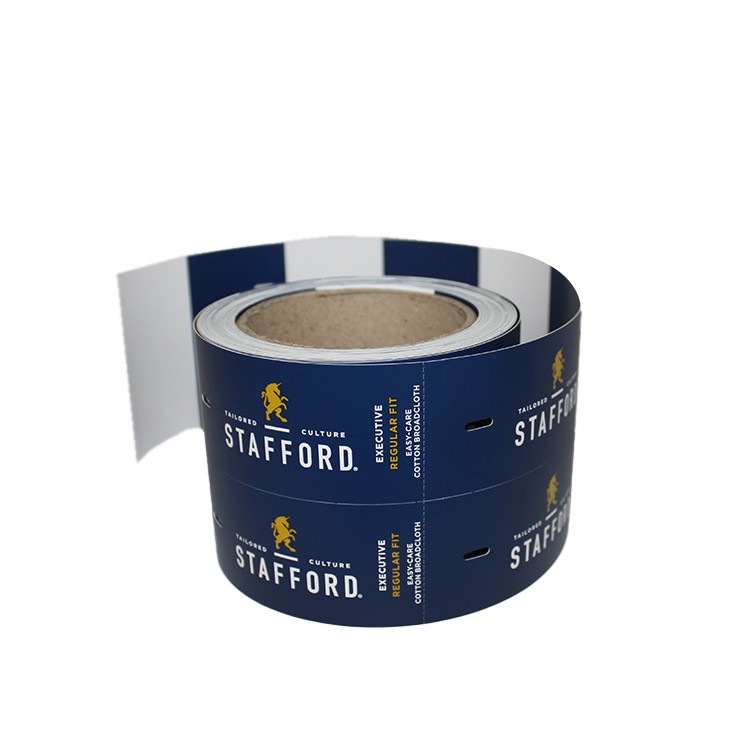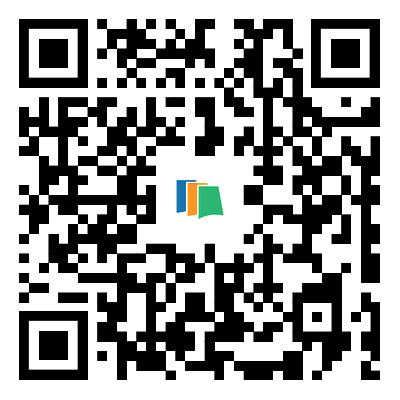Why Do Garment Tags Matter in the Fashion Industry?
2025-10-09
In the competitive world of fashion and apparel manufacturing, every detail contributes to brand identity, customer experience, and compliance. One such often-overlooked detail is the garment tag—a small yet powerful component that serves both functional and aesthetic purposes.
A garment tag is a piece of printed or woven material attached to a clothing item that carries information such as brand name, fabric composition, care instructions, size, price, and country of origin. Though small, these tags play a massive role in shaping brand image and customer trust.
Garment tags can be made from various materials and designed in numerous styles to match a brand’s character. They can be sewn-in woven labels, heat transfer tags, swing tags, or adhesive stickers, each serving distinct purposes depending on the garment type and target market.
Key Functions of Garment Tags
-
Brand Identification: Reinforces brand visibility and recognition.
-
Consumer Guidance: Provides essential information such as washing methods, fabric details, and size.
-
Regulatory Compliance: Ensures legal requirements are met, such as fiber content or country of origin labeling.
-
Marketing Value: Enhances presentation and customer perception of product quality.
For manufacturers and brands alike, the garment tag is not just a label—it’s an extension of their identity. The combination of creative design and technical accuracy makes it an indispensable element in apparel production.
What Are the Different Types and Specifications of Garment Tags?
Garment tags are diverse, and each type serves a specific purpose. Understanding their technical specifications helps manufacturers choose the best option for their product line.
Major Types of Garment Tags
-
Woven Labels
-
Made from polyester or cotton threads.
-
Ideal for branding as they convey a high-end, durable impression.
-
Commonly sewn into collars, hems, or side seams.
-
-
Printed Fabric Labels
-
Made from satin, nylon, or cotton with ink printing.
-
Preferred for soft-touch comfort and detailed printing.
-
-
Heat Transfer Labels
-
Applied directly onto fabric through heat press.
-
Popular in sportswear and children’s clothing to avoid irritation.
-
-
Swing Tags (Hang Tags)
-
Made from paperboard, PVC, or metal.
-
Used for displaying price, logo, and barcodes; often attached with strings or pins.
-
-
Care Labels
-
Contain detailed washing, drying, and ironing instructions.
-
Essential for garment longevity and consumer safety.
-
-
Size and Composition Tags
-
Indicate size, fabric type, and blend ratios (e.g., 80% cotton, 20% polyester).
-
Required by international textile labeling standards.
-
Technical Specifications of Garment Tags
| Parameter | Specification Range or Options |
|---|---|
| Material Type | Polyester, cotton, nylon, satin, paperboard, PVC, TPU, metal |
| Label Type | Woven, printed, heat transfer, swing tag, adhesive |
| Printing Technique | Digital printing, screen printing, embossing, foil stamping |
| Size Options | Customizable (commonly 2×6 cm, 3×8 cm, or custom shapes) |
| Color Options | Pantone matching or full-color CMYK printing |
| Thickness | 0.15mm – 1.5mm depending on material |
| Attachment Method | Sewn-in, iron-on, heat-pressed, or attached with string/pin |
| Finishing Options | Glossy, matte, embossed, debossed, UV-coated |
A well-designed tag combines visual appeal with technical accuracy. Whether a luxury brand seeks a minimalistic woven tag or a streetwear label opts for a bold swing tag, the design should reflect the brand’s personality while maintaining clarity and durability.
What Makes a Garment Tag Effective and How to Choose the Right One?
Choosing the right garment tag is a strategic decision that can influence customer perception, brand loyalty, and product compliance.
Factors to Consider When Choosing Garment Tags
-
Brand Image and Market Positioning
-
High-end fashion brands often prefer woven or embossed metal tags for a premium feel.
-
Budget-friendly or casual brands may choose printed or heat transfer labels for simplicity.
-
-
Fabric Type and Garment Style
-
Lightweight fabrics like silk or spandex require soft, flexible labels.
-
Heavy fabrics such as denim or jackets can accommodate thicker woven or leather tags.
-
-
Durability and Wash Resistance
-
The tag should endure multiple wash cycles without fading, fraying, or peeling.
-
High-quality woven or sublimation-printed tags maintain legibility for years.
-
-
Comfort and Skin Contact
-
For children’s and sports apparel, heat transfer tags minimize irritation.
-
Avoid stiff materials or rough edges that could affect wearer comfort.
-
-
Compliance and Legal Requirements
-
Some countries mandate that garment tags include care symbols, fiber percentages, and origin.
-
Non-compliance can lead to product recalls or fines.
-
-
Sustainability
-
Eco-conscious brands increasingly choose recycled polyester, organic cotton, or biodegradable paper for tags.
-
Benefits of High-Quality Garment Tags
-
Strengthens brand authenticity and trust.
-
Enhances the unboxing and retail presentation experience.
-
Reduces customer confusion through clear care instructions.
-
Boosts long-term consumer loyalty by reflecting attention to detail.
Common FAQs About Garment Tags
Q1: What information should be included on a garment tag?
A: A complete garment tag should typically include brand name, logo, fabric composition, care instructions, size, and country of origin. Optional elements like QR codes, sustainability certifications, or RFID chips can also be added for digital tracking or authenticity verification.
Q2: What is the difference between woven labels and printed labels?
A: Woven labels are created by weaving threads together, offering durability and a textured finish suitable for premium brands. Printed labels, on the other hand, use ink or heat transfer to apply designs, providing sharper detail and a softer touch—ideal for delicate or stretchable fabrics.
What Is the Future of Garment Tags in the Fashion Industry?
As the fashion industry embraces digitalization, sustainability, and personalization, garment tags are evolving from simple identifiers to multifunctional branding tools.
Emerging Trends Shaping Garment Tag Development
-
Smart Tags and Digital Integration
-
Many brands now integrate QR codes, NFC chips, or RFID technology into garment tags.
-
Customers can scan these tags to verify authenticity, view washing guides, or learn about the brand’s sustainability practices.
-
-
Eco-Friendly and Recyclable Materials
-
Recycled paper, bamboo fiber, and biodegradable TPU materials are becoming mainstream.
-
These innovations help brands meet global sustainability standards and appeal to eco-conscious consumers.
-
-
Minimalist and Artistic Design Trends
-
Modern apparel emphasizes simplicity—clean fonts, subtle logos, and neutral colors.
-
However, artistic brands still embrace metallic finishes, embossed logos, or layered textures for creative expression.
-
-
Custom Branding Solutions
-
Personalized tags are increasingly used to differentiate products.
-
Small batch customization allows brands to include customer names or limited-edition details.
-
Why Garment Tags Remain Indispensable
Despite technological advances, garment tags will continue to serve as tangible representations of brand credibility. They connect physical products with digital experiences, creating a bridge between craftsmanship and innovation.
At GZ, we specialize in producing high-quality garment tags that blend design precision with functional performance. Our products range from woven and printed labels to eco-friendly swing tags and RFID-integrated options. With years of expertise in the apparel industry, GZ helps fashion brands elevate their identity, meet compliance standards, and build customer trust.
Whether you are launching a new clothing line or upgrading your brand presentation, our team can customize solutions that perfectly align with your vision. For more information, bulk inquiries, or personalized assistance, contact us today to discover how GZ can support your brand’s next chapter in fashion labeling.



